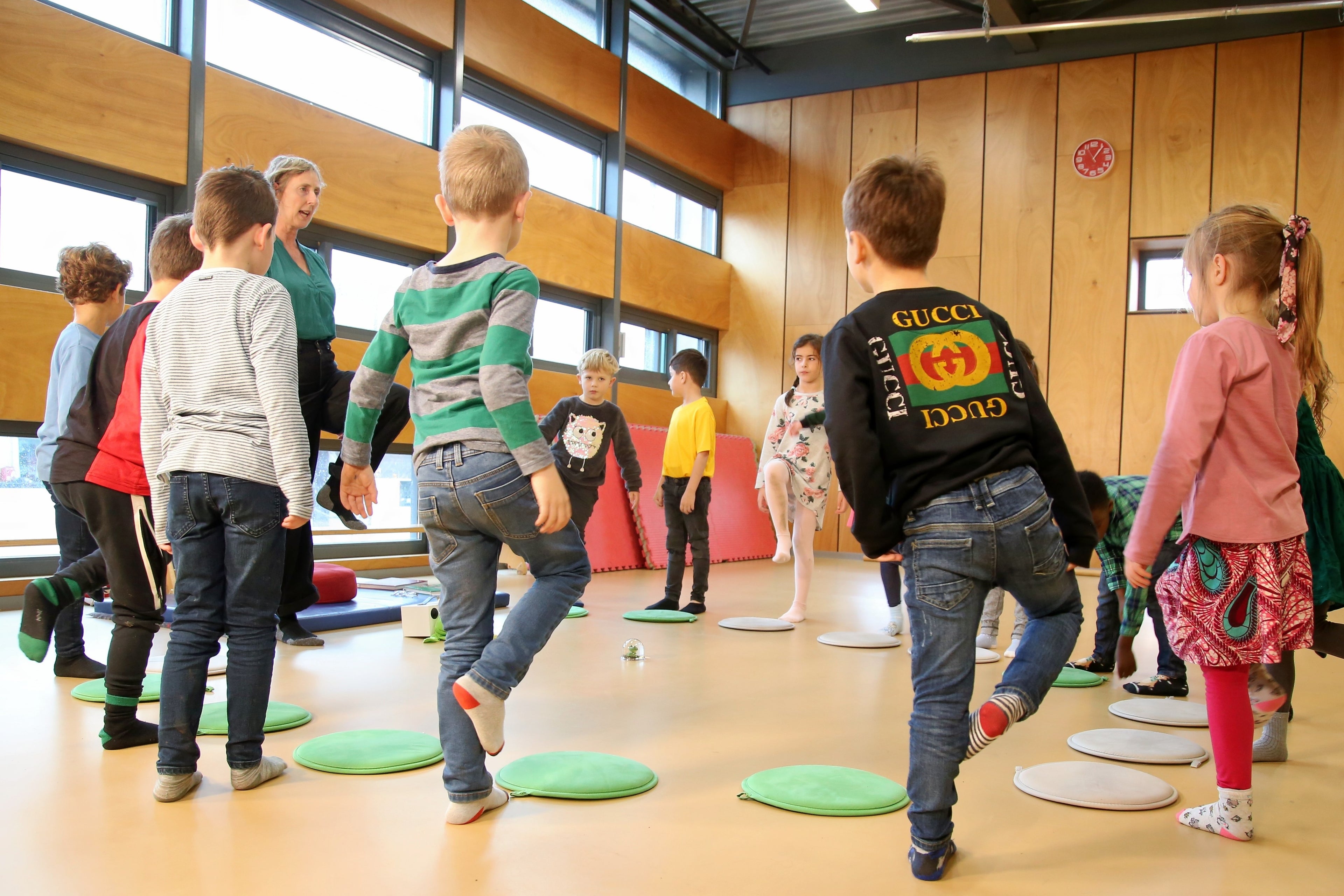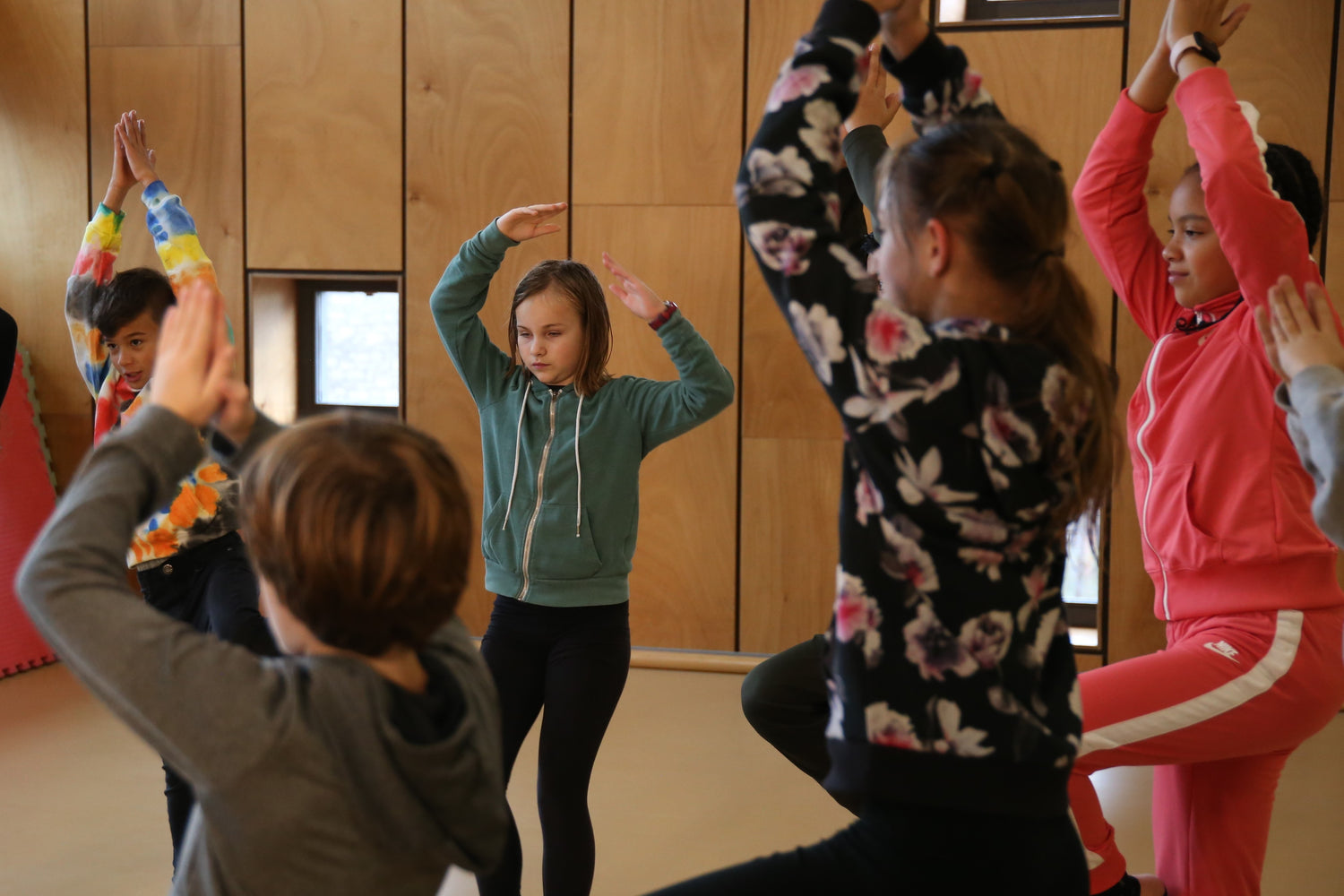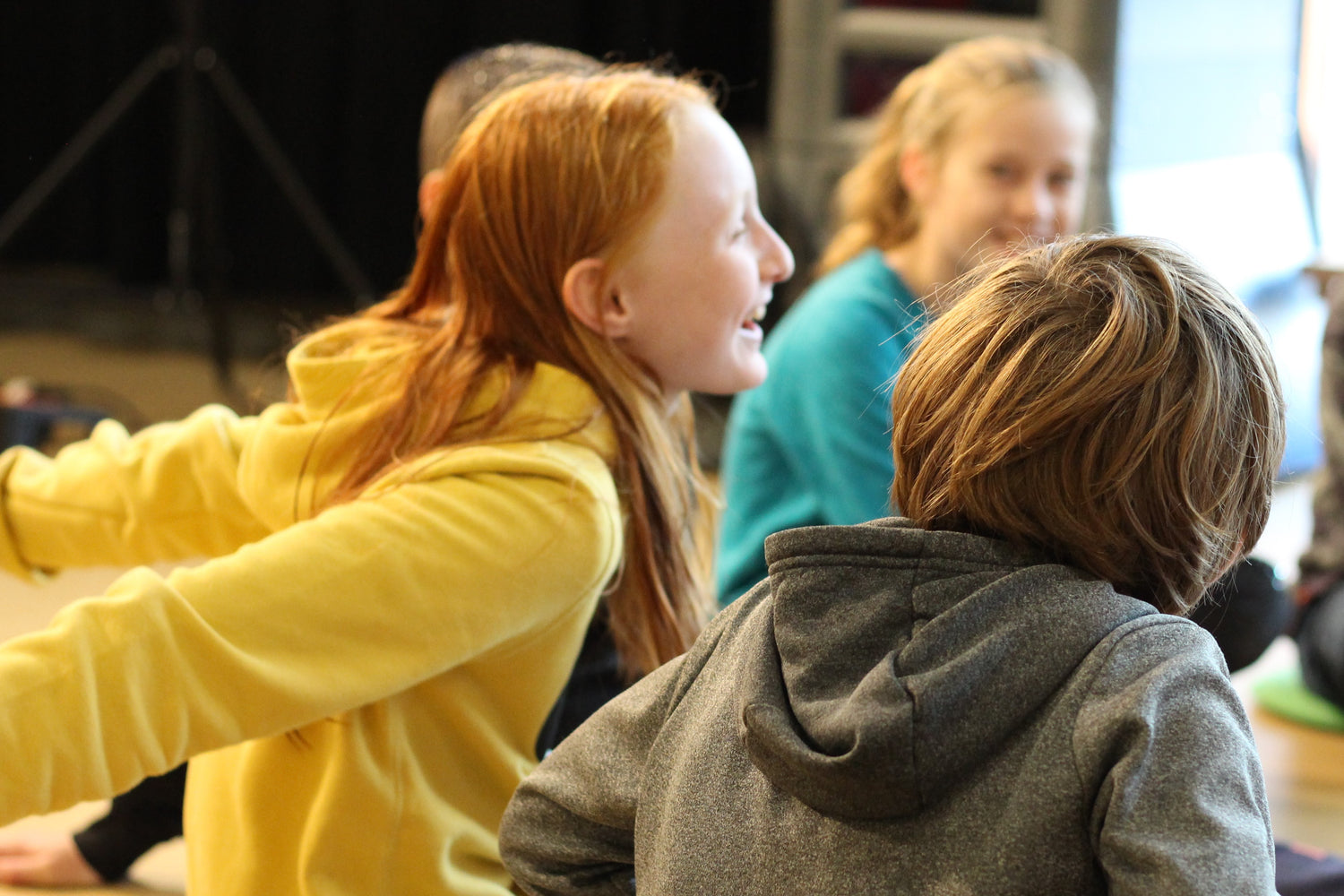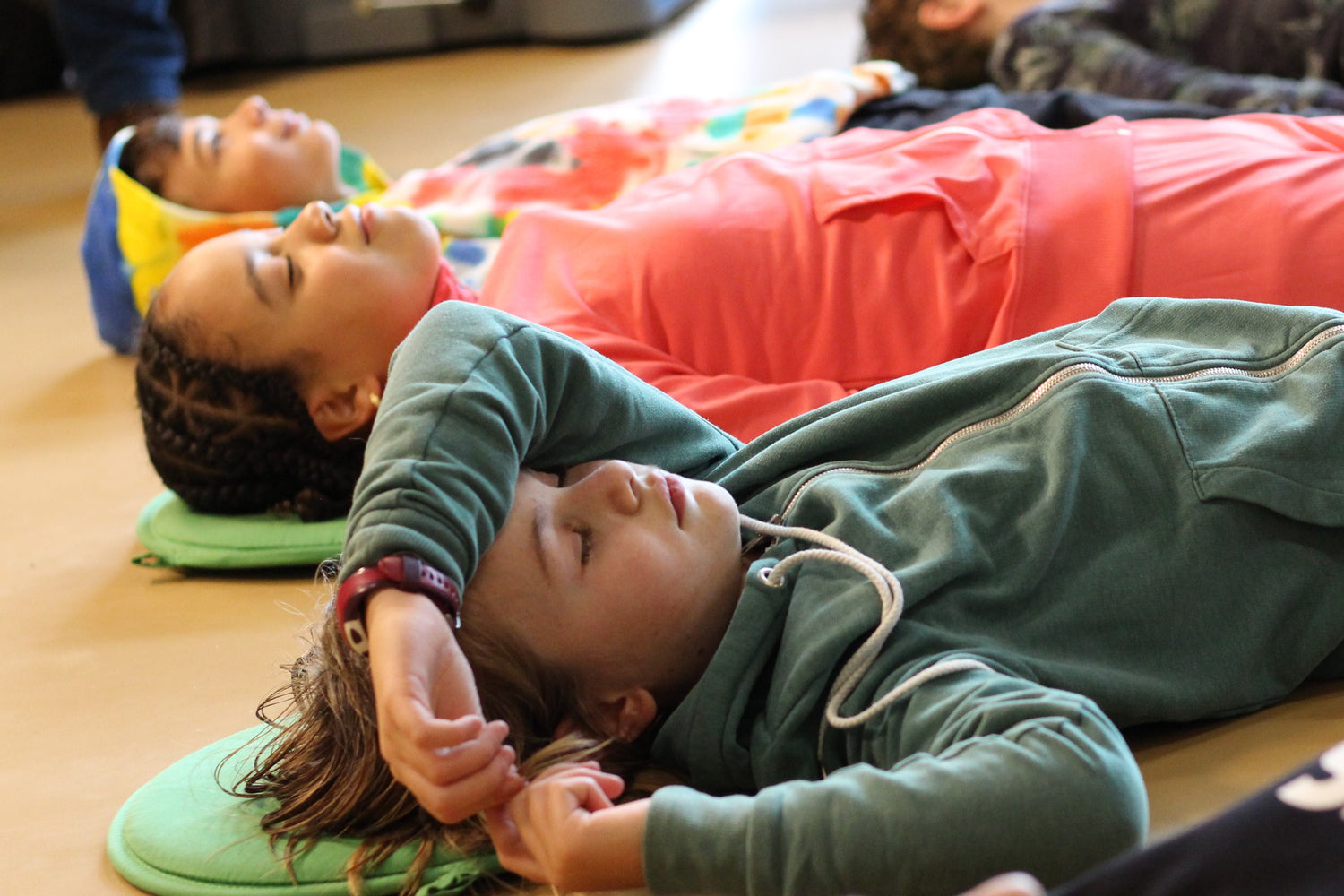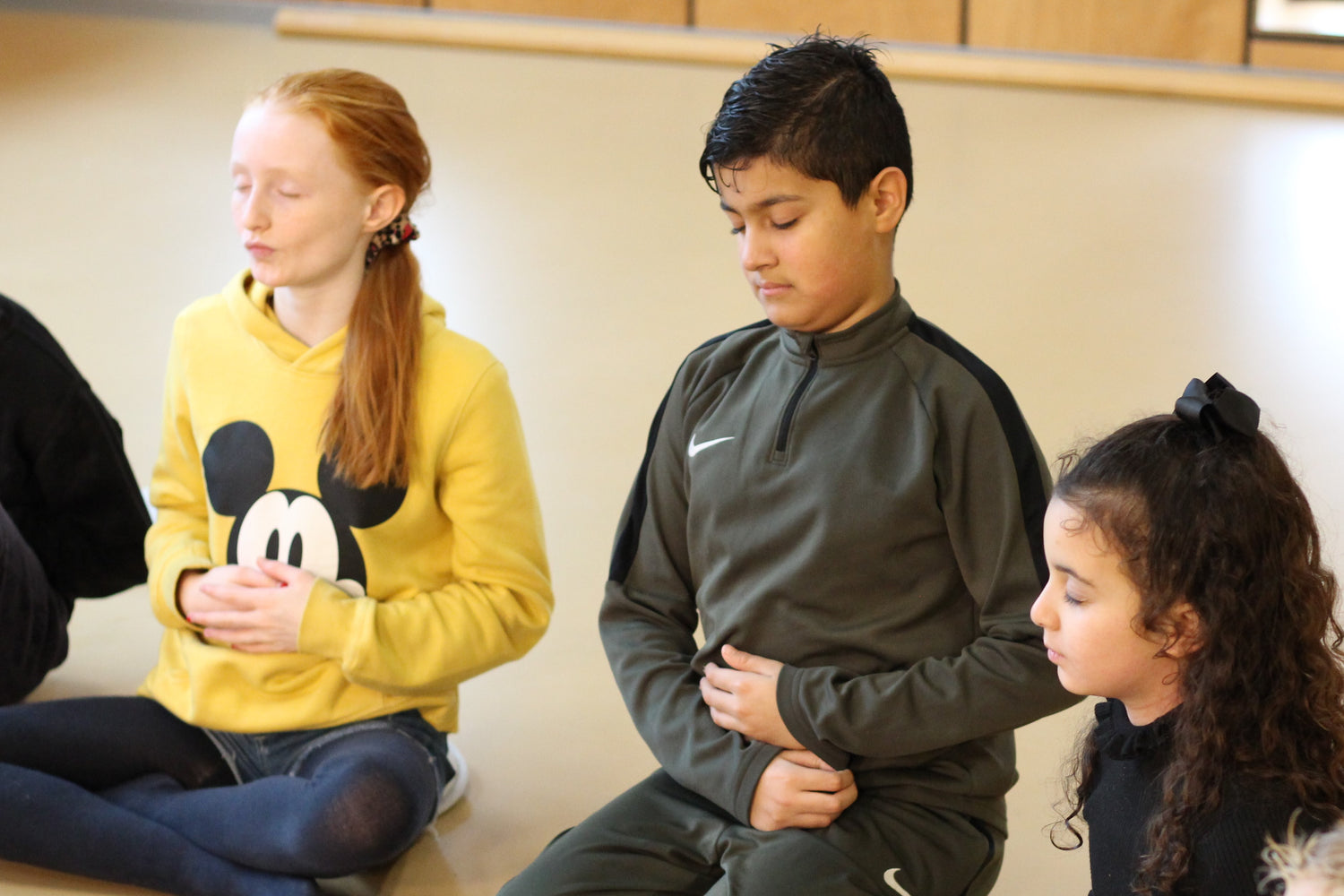More and more school boards, principals and teachers recognize the value of mindfulness in education. Teachers are committed to their work with heart and soul, and most children learn with enthusiasm and enjoy going to school. Yet, many children and education professionals experience an increasing amount of stress. The restlessness in the classroom, behavioral problems and the feeling of constant overload are growing, while the much-needed inner peace is disappearing further and further. The 'on button' works fine, but the 'pause button' often seems to be missing.
Good education is not only about transferring knowledge, but also about developing values, behavior and how we deal with ourselves and others. In order for children to perform at their own level, inner peace and conscious attention are essential. For teachers, that same peace and presence is just as important in order to teach well. Fortunately, it is possible to train this 'attention muscle'.

